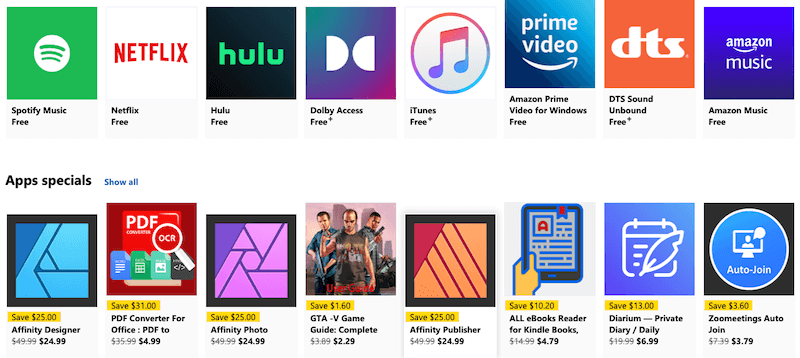
This data is refreshed every seven days for supervised devices, starting from the date that the device was enrolled. The following sections cover how Intune admins can discover, hide, and block the launch of restricted apps on corporate-owned supervised iOS/iPadOS devices.Īdmins can determine which apps are installed on supervised iOS/iPadOS devices by navigating to the Discovered apps report in the Microsoft Intune admin center ( Apps > Monitor > Discovered apps). If your organization has not blocked access to the Apple App Store on corporate-owned iOS/iPadOS devices, then users will be able to sign in with a personal Apple ID and download any app available in the Store. If the admin blocks access to the Apple App Store, no additional configuration or action is required. If your organization has enabled this policy, any user of the device will be unable to access and install any unmanaged applications other than those made available by the Intune admin through the Intune Company Portal app. Intune gives admins the ability to block access to the Apple App Store on corporate-owned supervised devices. To make use of specific device management APIs required for the example outlined below, the device is required to be Supervised. IOS and iPadOS devices that have been enrolled into Intune using Apple Business Manager via their Automated Device Enrollment (ADE) method are Supervised devices.

This section covers corporate-owned and personally owned (BYOD) iOS/iPadOS devices.

While the examples used in this article will be focused on the Microsoft OneDrive app, you can apply these steps to any app available in either the Apple App Store or Google Play Store. We wanted to provide a comprehensive guide for Microsoft Intune admins on the options available to block and remove specific, non-approved applications on both corporate-owned and personally owned (BYOD) iOS/iPadOS and Android devices. By: Michael Dineen - Sr Product Manager | Microsoft Intune


 0 kommentar(er)
0 kommentar(er)
